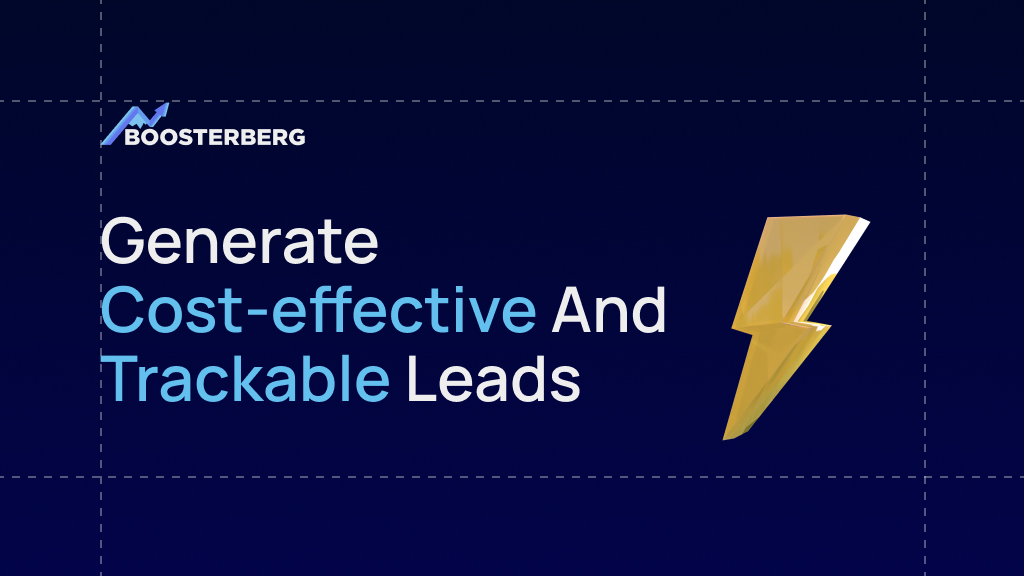Facebook Messenger and lead forms may be the best way to solve the tracking problems caused by iOS 14.5.
Apple’s implementation of iOS 14.5 has caused a changed ability to track and attribute campaigns that rely on pixel data. Facebook has become a less attractive advertising platform for advertisers that are looking for direct response.
However, pixel-based conversions are not the only way to drive results within Facebook. In fact, Facebook lead forms and Messenger are a relatively efficient way, to drive lead flow. To understand the value of lead generation tactics on Facebook, we need to understand why they’re so important now. I will not go into details regarding the iOS changes, if you want to read more check our blog Apple’s changes – what it means for your digital marketing efforts?
Facebook had to get creative when it came to tracking the conversions of iOS device users by implementing modeled conversions. The end result has been delayed and not-always-that-accurate data for pixel-based conversions. Delayed data can make campaign optimization more difficult, and less effective as you might not see the whole picture. Inaccurate data can often trick you to believe, that your campaign is less effective than it actually is, leading to wasted opportunities in the best scenario or even a huge Ad spend. So make sure that you always have the most up to date data and make use of our boost optimization.
Lead Generation Forms are Immune to iOS 14 Tracking Restrictions
Fortunately, pixel-based conversions aren’t the only conversion options available. Facebook lead generation forms have long been an alternative to landing page lead forms, allowing users to submit their information directly within the Ad unit.
Not only does this completely bypass landing pages, resulting in a smoother user experience and likely higher conversion rates, but it also doesn’t require the use of pixel. And in today’s conditions, no pixel means more reliable data. Leads are sent and tracked within the platform.
Despite their imperfections, Facebook lead generation forms consistently outperform landing pages in terms of CPL in our experience. If you’re running Facebook lead generation campaigns and relying solely on landing page web forms, we highly recommend you to try this alternative.
A New(er) Way to Generate On-Facebook Leads
Forms aren’t the only way to generate leads within the Facebook platform. Facebook has been quietly turning Messenger, Instagram DM, and WhatsApp into potentially powerful lead generation tools.
For some time now, advertisers have been able to promote chats, meaning ads can create chats with the page as the primary goal. However, the purpose of these types of campaigns is to create conversations between brands and potential customers. They were not designed for easy or automated lead generation, and usually require manual labor to chat with the potential customer. They’re not ideal for large-scale lead-gen campaigns.
Messenger, Instagram, and WhatsApp now all have the ability to create the same kind of on-Facebook leads that can be driven by a lead generation form. All that being said, how has your business adapted to this change in targeting custom audiences? For success in digital marketing, make sure to stay up to date and sign in to our newsletter at Boosterberg! If you want to read more about campaign optimization, look here at our most recent case study.
Focus on ideas and content, not on manual ad management. Try BOOSTERBERG for a hassle-free way to get ahead in marketing automation!
